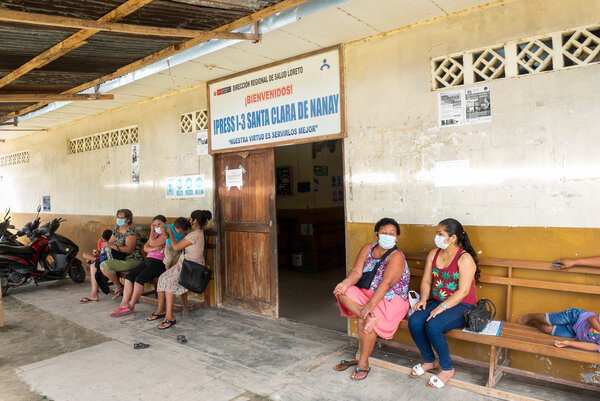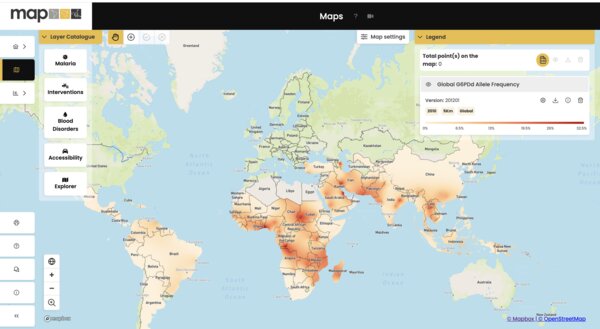G6PD Global Prevalence
G6PD deficiency affects around 400 million people globally. An analysis published in 2012, estimated an overall genetic frequency for G6PD deficiency of about 8%.1 G6PD activity varies in males and females and this may complicate diagnosis.
G6PD Deficiency in males and females
Across malaria endemic areas (both falciparum and vivax), the G6PD-deficient gene frequency corresponds to 220 million males and 133 million females, including 17 million females with dominant genes.1 Males are either G6PD deficient or normal, but G6PD deficiency in females manifests itself as a broader range, from severe deficiency to normal.2 Qualitative tests which are commonly used do not accurately identify intermediate G6PD activity, and as a result, there is often inadequate or inaccurate information about the prevalence of G6PD deficiency in women.2
Health care providers may inaccurately perceive G6PD deficiency as having little or no impact on females, causing a gender-based health misconception that can have severe health impacts. This may also be one of the reasons for the lack of prioritization of the testing of G6PD deficiency over competing health priorities.
In the absence of more routine quantitative testing for G6PD deficiency and more robust pharmacovigilance, the knowledge gap in risk of haemolysis between males and females will not be narrowed. For more information, download our factsheet on G6PD risk.
Global distribution of G6PD deficiency Prevalence
An Interactive version of this map can be found on the MAP website.
Different human populations that are geographically close might have very diverse prevalence rates for G6PD-deficient genes.1 In most areas endemic for P. vivax malaria, G6PD-deficiency is at a sufficient prevalence to require testing for the trait before therapy with 8-aminoquinolines.
Americas
Based on the model shown above, large areas of Central and South America are predictive of having low G6PD-deficient gene prevalence ( ≤ 1%). However, the predicted prevalence range across the Amazon region is 5 – 10 %, with the highest prevalence across Venezuela ( 8 – 10 %).
Africa
In areas where P. vivax is endemic (Ethiopia, Eritrea, Madagascar), G6PD-deficient gene prevalence is low ( ≤ 1 %).
Middle East
The highest predicted prevalence in the model is in Saudi Arabia (32.5%), though prevalence across the region is highly variable and dependent upon the specific human population tested.
Asia
There are three notable hot spots with G6PD-deficient allele prevalence > 20%: the tribal groups of Orissa, India, that marry within a specific social group, caste, or ethnic group; the northern Lao/Thai border; and the Solomon Islands archipelago.

